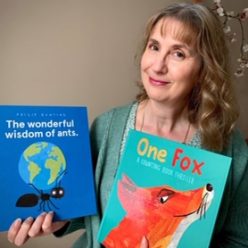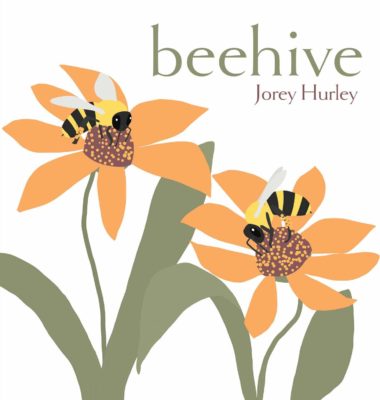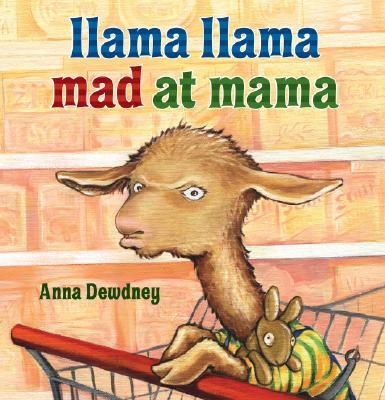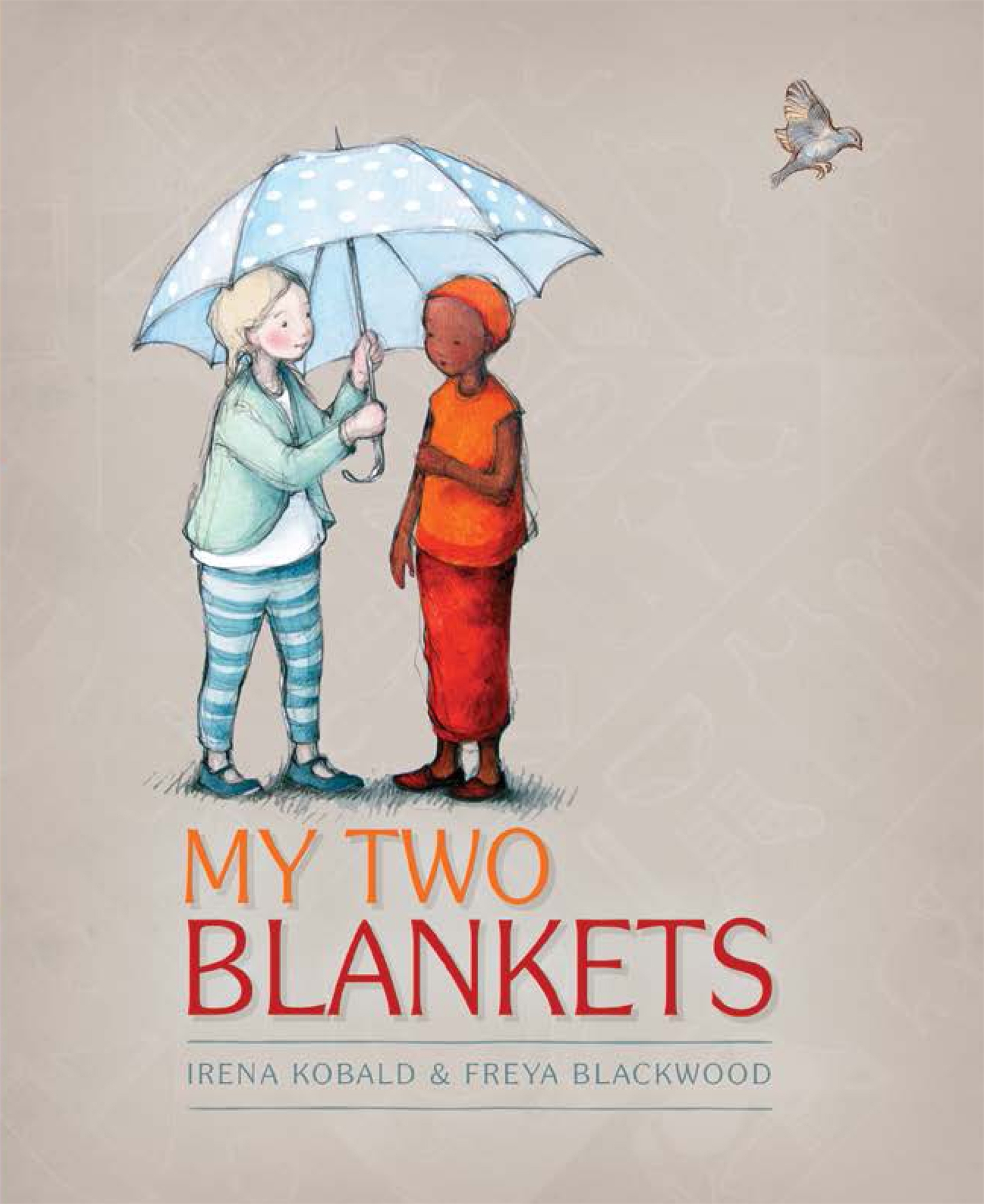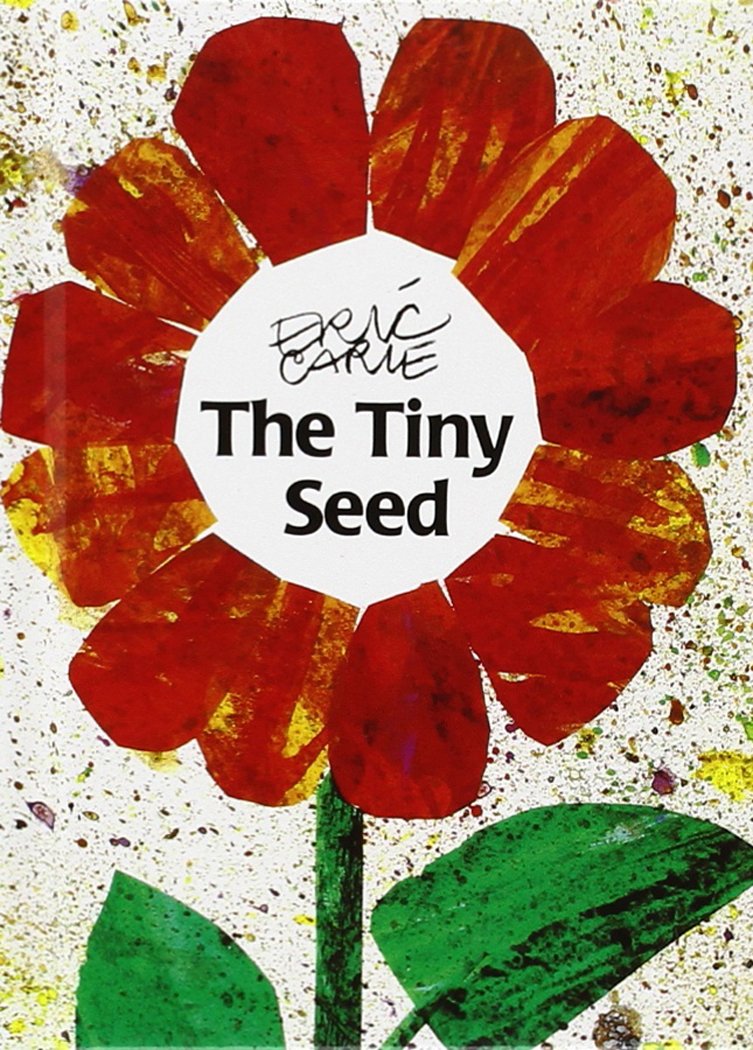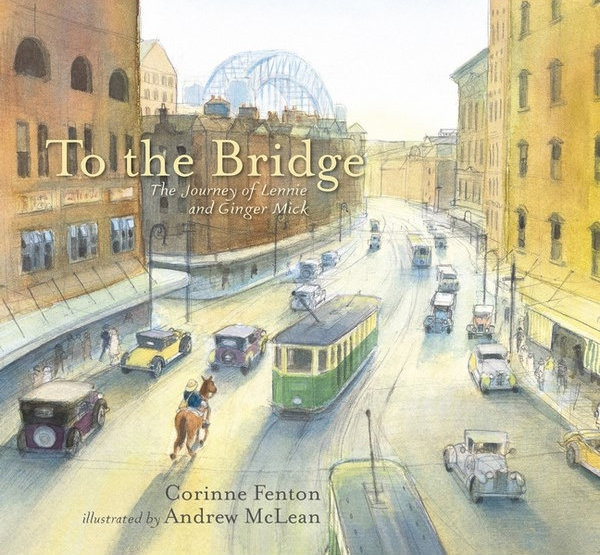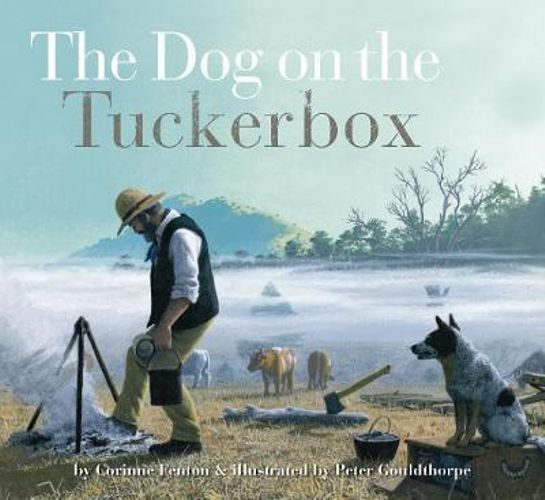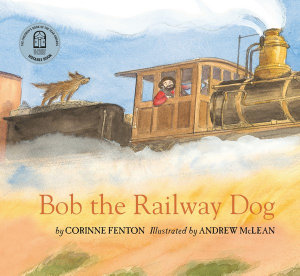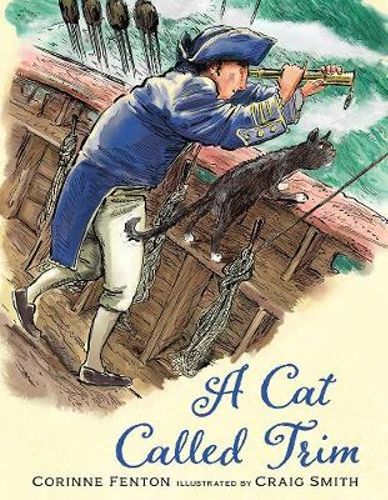Illustrated by the author

Published by Omnibus Books/Scholastic Australia Pty Ltd, 2020
Ants are everywhere. I see them at home, in my letterbox, under pot plants, gathering around sand mounds in the cracks of concrete. I notice that they are more active just before rain. I am annoyed when they come inside my pantry and find the honey jar. But apart from that, I have not given the humble ant much thought. That is, until now. And I have Philip Bunting to thank for it. Did you know that ants can teach us about ourselves, our communities and our planet?
According to Philip Bunting, ants love family, recycling, micronaps and helping other ants, they communicate using pheromones, the smelly alphabet of the ant world, and they know what their role is when they are born. Their “superpower” is to live and work cooperatively and harmoniously with every other ant in the colony. While most of us hope to leave this world behind in better shape than when we arrived, Philip Bunting assures us that the humble ant can help us figure out how to do that. When you think about it, ant colonies are masterpieces of engineering, community and collaboration….and it’s all happening in our backyards!
The illustrations in this picture book are uncomplicated, use a limited colour palette and are sprinkled with humor. Philip lives in Queensland, although he is originally from the English Lake District and sometimes teams up with his wife Laura to produce picture books.
I highly recommend it for children 4-8 years old. Here are more of my favourite picture books by Philip Bunting:


by Philip Bunting

by Philip Bunting

by Philip Bunting

Laura and Philip Bunting
